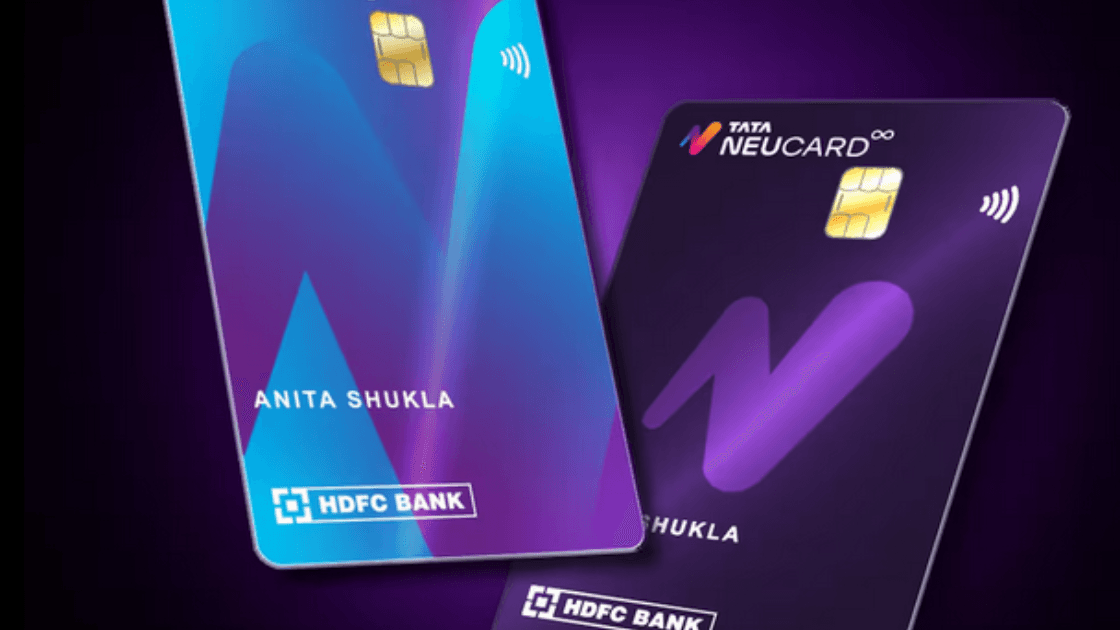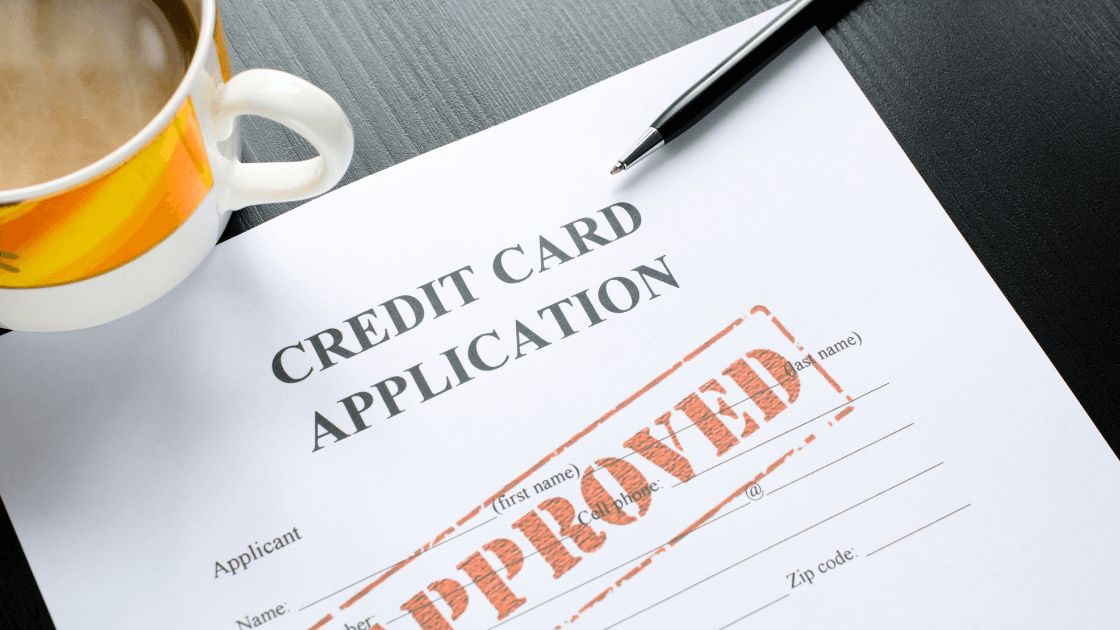
Cards
•04 min read
Ever felt overwhelmed by the numbers and jargon on your credit card statement? You are not alone. Understanding your statement is a key step toward effective financial management. It helps you track spending, avoid fees, and spot any errors quickly. Knowing how to use your credit card statement empowers you with a clear view of your monthly transactions and helps you plan your payments better.
A credit card statement is a monthly summary of transactions, payments, and charges. It shows your spending, the total amount due, and the minimum payment required. This document serves as a tool for tracking your expenses and managing your debt. It also offers a clear window into your financial habits, allowing you to see exactly where your money is going each month.
There are many advantages to regularly checking your statement. First, it helps you spot any unauthorized or incorrect transactions early. Second, by keeping track of your payment due dates, you can avoid penalties and late fees. Regular review also helps you understand your spending patterns and plan your budget more effectively. With the right insights, your statement becomes a guide to better financial decisions.
Many people think that statements are only useful for tracking payments. In reality, they provide much more. Even if you pay your balance in full each month, reviewing your statement helps you confirm that everything is in order. It also enables you to monitor spending trends and manage your credit utilization—a key factor in your financial health.
There are several online ways to access your statement. Many card users find that using net banking portals is very convenient. For example, you can log in to your bank’s portal and follow easy steps to view or download your statement. Mobile apps also offer functionality for statement downloads, including the option to view the statement in PDF format. Some users even choose to receive their statements by email, ensuring that they always have a digital copy at hand.
If you prefer a physical copy, you can request a paper statement by mail or contact customer support to receive one. Though online methods are more common, offline access is a helpful backup if you need additional assistance or if your internet connection is not reliable.
Your statement is more than a list of transactions—it is a financial tool. Use the transaction history to identify areas where you can reduce costs. Tracking rewards points is another smart move, as it helps you maximize the benefits of programs like the Tata Neu HDFC Bank Credit Card. Lastly, monitoring your credit utilization supports efforts to maintain or improve your credit score.
The billing cycle is the period during which your transactions are recorded, usually lasting around a month.
Log in to your net banking portal, navigate to the credit card section, and follow the prompts to download your statement.
Contact your card issuer immediately and provide the transaction details. Filing a dispute may be necessary.
Yes, you can request a paper copy via mail or speak to customer support for assistance.
Late payment may result in fees and higher interest charges, and it can affect your credit score.
Understanding your credit card statement is essential for managing your finances effectively. By knowing how to access and decode your statement, you can identify errors, track your spending, and improve your credit utilization. Regular review of your statement not only helps you avoid unnecessary charges but also provides valuable insights for better financial planning. Empower yourself by taking charge of your financial journey and using your statement as a tool for sustained financial health.
Choosing between online and offline methods depends on your needs. Online access generally offers more convenience and speed. Downloading your statement online also gives you immediate access to key details such as payment due dates and transaction history. On the other hand, if you value a physical record or have limited internet access, a paper statement is a reliable alternative.
Your statement contains several important sections. The personal details area shows your name, address, and account information. The statement summary provides the total amount due, the minimum payment, and the due date. The account summary section shows your outstanding balance along with payments made. A detailed transaction history lists each charge with dates and merchants. Some statements also include a rewards summary, which details the points earned, redeemed, and their expiration dates. Finally, look out for important notices that inform you about any changes in terms or additional fees.
It is important to locate key information on your statement. Check the payment due dates carefully to avoid any late fees. Always review the minimum payment required to maintain your good credit standing. Additionally, keep an eye on any high-interest charges or fees. This proactive review can help you plan your payments better and keep your credit status healthy.
Errors can occur from time to time on credit card statements. These may include duplicate transactions, incorrect amounts, or charges that you do not recognize. If you find any discrepancies, check your receipts and transaction notifications. Once confirmed, it is best to contact your card issuer immediately to resolve these issues.
Make it a habit to review your statement every month. Setting a reminder can help ensure you do not miss this important task. Compare each transaction with your receipts or SMS alerts. Consider using budgeting tools to track your spending trends and manage your expenses effectively. Simple steps like these contribute to better financial planning.
If you notice an error, you can start by contacting the merchant directly. Many issues can be resolved swiftly by discussing them with the merchant. If that does not work, filing a formal dispute with your card issuer is the next step. Remember to keep all receipts and supporting documents. This documentation makes it easier to resolve any discrepancies.

-ed507771-df04-4fb3-9af5-bae11cb611a6.png&w=3840&q=75)
